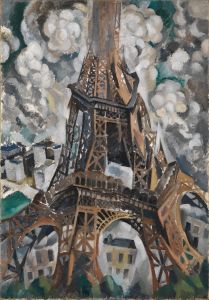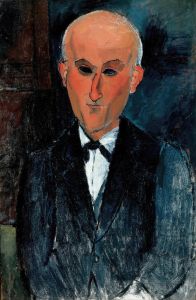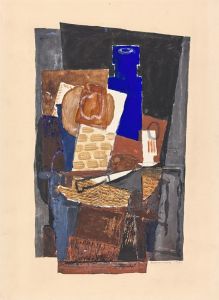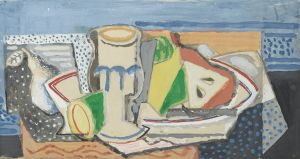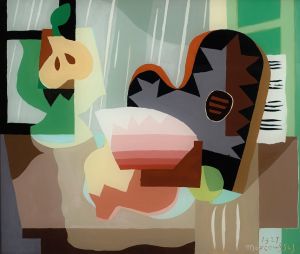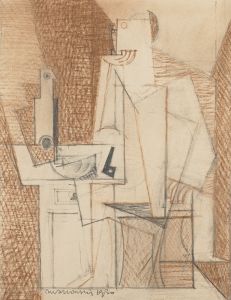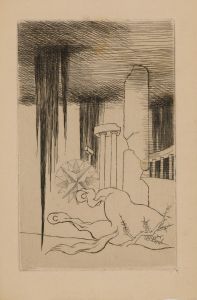
Vignette
A hand-painted replica of Louis Marcoussis’s masterpiece Vignette, meticulously crafted by professional artists to capture the true essence of the original. Each piece is created with museum-quality canvas and rare mineral pigments, carefully painted by experienced artists with delicate brushstrokes and rich, layered colors to perfectly recreate the texture of the original artwork. Unlike machine-printed reproductions, this hand-painted version brings the painting to life, infused with the artist’s emotions and skill in every stroke. Whether for personal collection or home decoration, it instantly elevates the artistic atmosphere of any space.
Louis Marcoussis was a Polish-French painter and engraver associated with the Cubist movement. Born Ludwik Kazimierz Wladyslaw Markus in Warsaw in 1878, he later adopted the name Louis Marcoussis after moving to Paris, where he became an integral part of the vibrant artistic community in the early 20th century. Marcoussis is best known for his contributions to Cubism, a revolutionary art movement that emerged in the early 1900s, characterized by fragmented and abstracted forms.
"Vignette" is one of Marcoussis's works that exemplifies his engagement with Cubism. Although specific details about the painting "Vignette" are limited, Marcoussis's style typically involved the use of geometric shapes and a muted color palette, which were hallmarks of the Cubist aesthetic. His works often incorporated elements of still life, musical instruments, and everyday objects, deconstructed and reassembled in a way that challenged traditional perspectives.
Marcoussis's journey into the art world began with his studies at the Academy of Fine Arts in Krakow, followed by further education in Paris. In Paris, he was influenced by the avant-garde movements and artists such as Pablo Picasso and Georges Braque, who were pioneering Cubism. Marcoussis's work was also shaped by his interactions with other artists and intellectuals in Montparnasse, a hub for creative exchange during that period.
Throughout his career, Marcoussis exhibited his works in various salons and galleries, gaining recognition for his unique approach to Cubism. His paintings often explored the interplay between form and space, using overlapping planes and a subdued color scheme to create a sense of depth and movement. Marcoussis's ability to blend abstraction with recognizable elements made his work accessible yet innovative.
In addition to painting, Marcoussis was an accomplished engraver, contributing to the development of printmaking techniques within the Cubist movement. His engravings, like his paintings, demonstrated a keen understanding of composition and a mastery of line and form. Marcoussis's prints often featured similar themes to his paintings, further establishing his reputation as a versatile and skilled artist.
Marcoussis's contributions to the art world extended beyond his own creations. He was part of a broader cultural dialogue that included poets, writers, and musicians, reflecting the interdisciplinary nature of the avant-garde community in Paris. His collaborations and friendships with figures such as Guillaume Apollinaire and Jean Cocteau enriched his artistic perspective and helped to disseminate Cubist ideas across different media.
Despite the challenges of his time, including the disruptions caused by World War I and II, Marcoussis remained dedicated to his artistic vision. His work continued to evolve, incorporating elements of Surrealism and other contemporary movements, while maintaining a distinct Cubist foundation. Marcoussis passed away in 1941, leaving behind a legacy that continues to influence artists and art historians.
While specific information about the painting "Vignette" is scarce, Louis Marcoussis's overall body of work provides valuable insights into the development of Cubism and the dynamic art scene of early 20th-century Paris. His contributions to both painting and printmaking underscore his importance as a key figure in the history of modern art.





